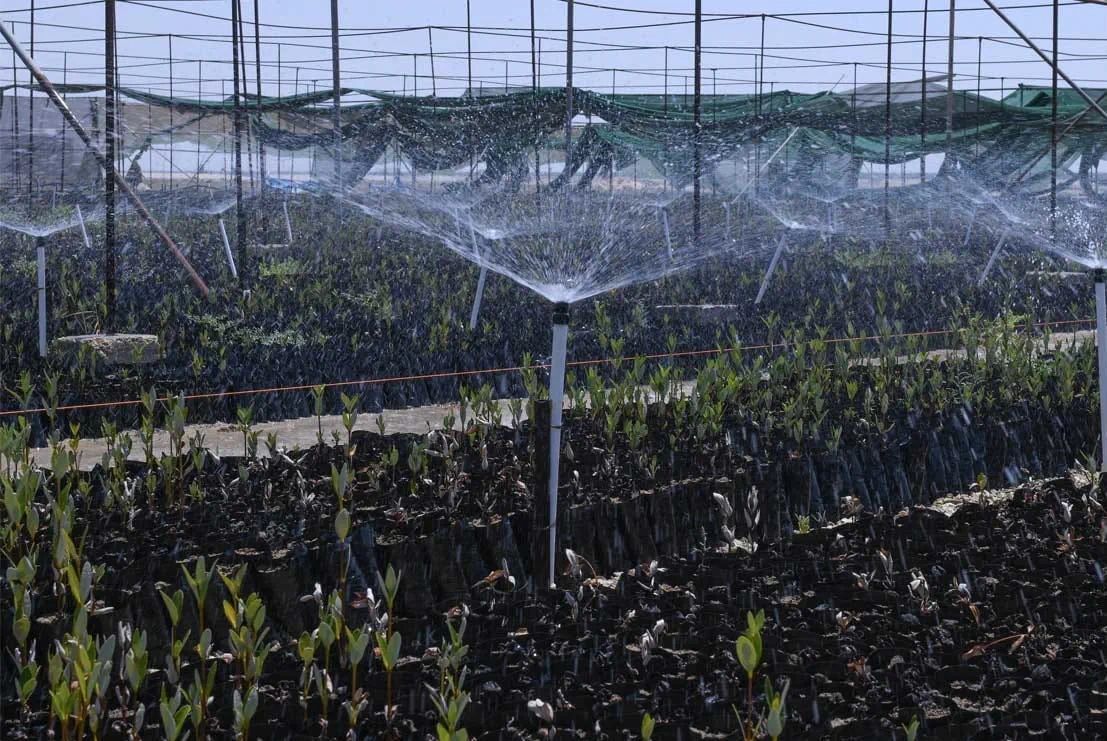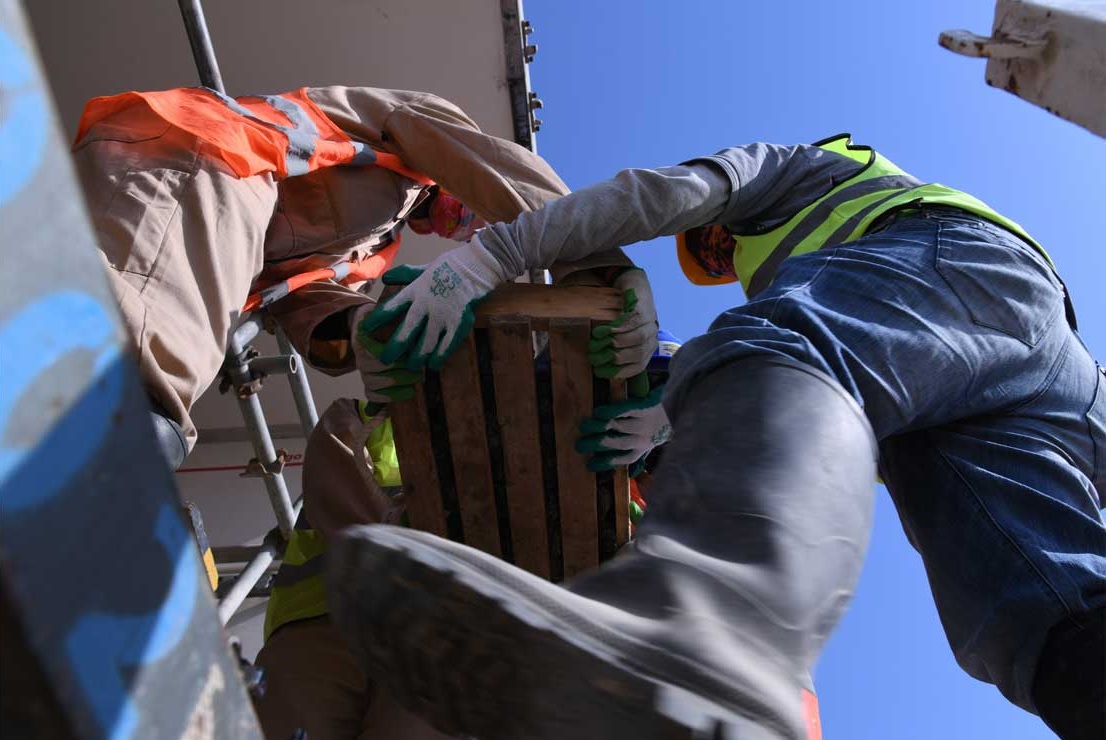Working as one with nature to combat climate change
2 million mangroves added to the carbon front line
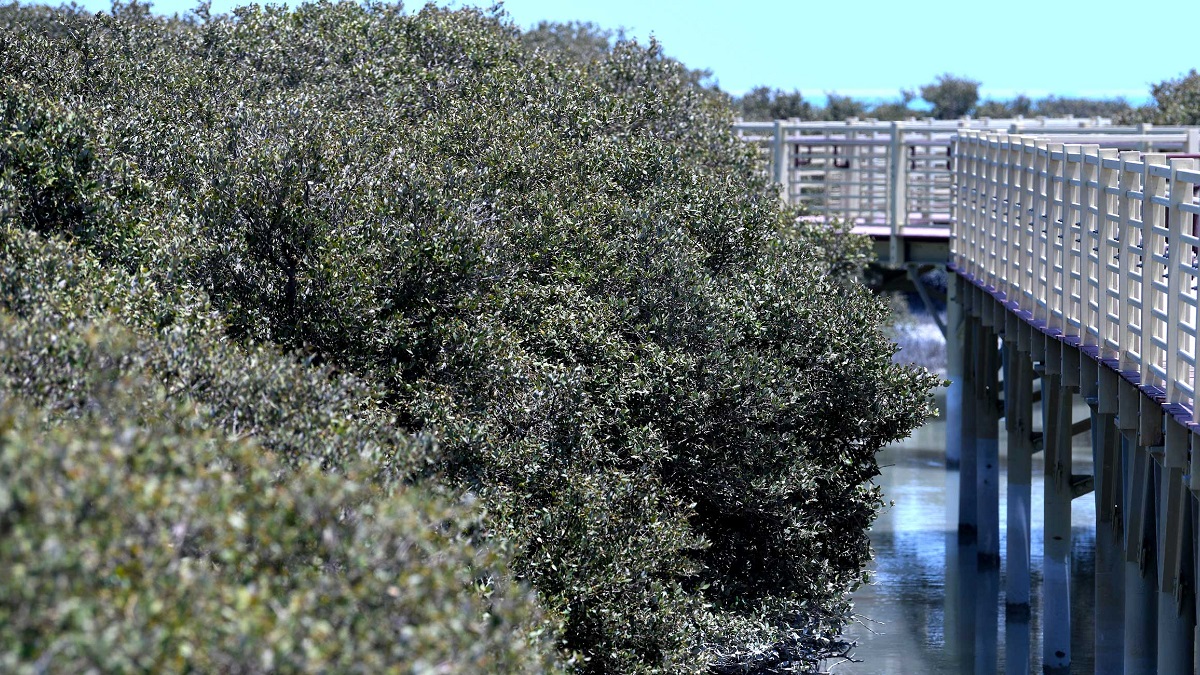
Global December 10, 2020 - By
Nature-based climate change solutions preserve livelihoods
Tangled tightly with human poverty is ecological degradation. Damaged ecosystems put pressure on the ability of lands and seas to support people.
Paramount for our carbon-constrained planet is retaining, building, and restoring sustainable environmental, social, and economic communities. Investing in nature-based climate change solutions lifts people out of poverty, which in turn preserves biodiversity.
Reversing the downward desertification spiral
Saudi Arabia is an ancient land fringed by spectacular seas on its east and west. No rivers flow; rainfall is sporadic; and summer temperatures are high.
Despite the rarity of water, nature lives in this imposing but fragile environment where many native plants and animals are vulnerable to extinction. The Kingdom is home to native tree species found nowhere else on Earth.
Deforestation, an assault on nature, often exacerbates ecological scarcity and poverty. Saudi Arabia, aligned with its Saudi Vision 2030 transformational program, has activated multiple native tree-planting programs along its coastal plains, wide-open deserts, and mighty mountains.
Alongside 197 countries, Saudi Arabia signed a United Nations convention on combating desertification. Achieving neutrality in land degradation is an essential element toward reaching the “Sustainable Development Goals” adopted by all United Nations member states in 2015 to protect the planet and end poverty by 2030.
Planting mangrove forests
Prominent, and particularly planet-vital, among the programs is Aramco’s restoration of mangrove forests to the Kingdom’s white-sand seashores. The program is a living defense against desertification, and retains and enhances livelihoods.
Significantly, the restoration provides a massive natural sink for carbon dioxide (CO2). Aramco commenced transplanting its first mangrove seedlings in 1993.
The initiative was part of a study commissioned with the Research Institute at King Fahd University of Petroleum and Minerals to re-establish mangrove forests along the shores of the Arabian Gulf. The Company also partnered with the National Commission for Wildlife Conservation and Development as well as the Ministry of Environment, Water and Agriculture.
All partners set out to determine whether mangroves could be successful. The ad-Dahna desert’s northern seashores now have well-established mangrove forests.
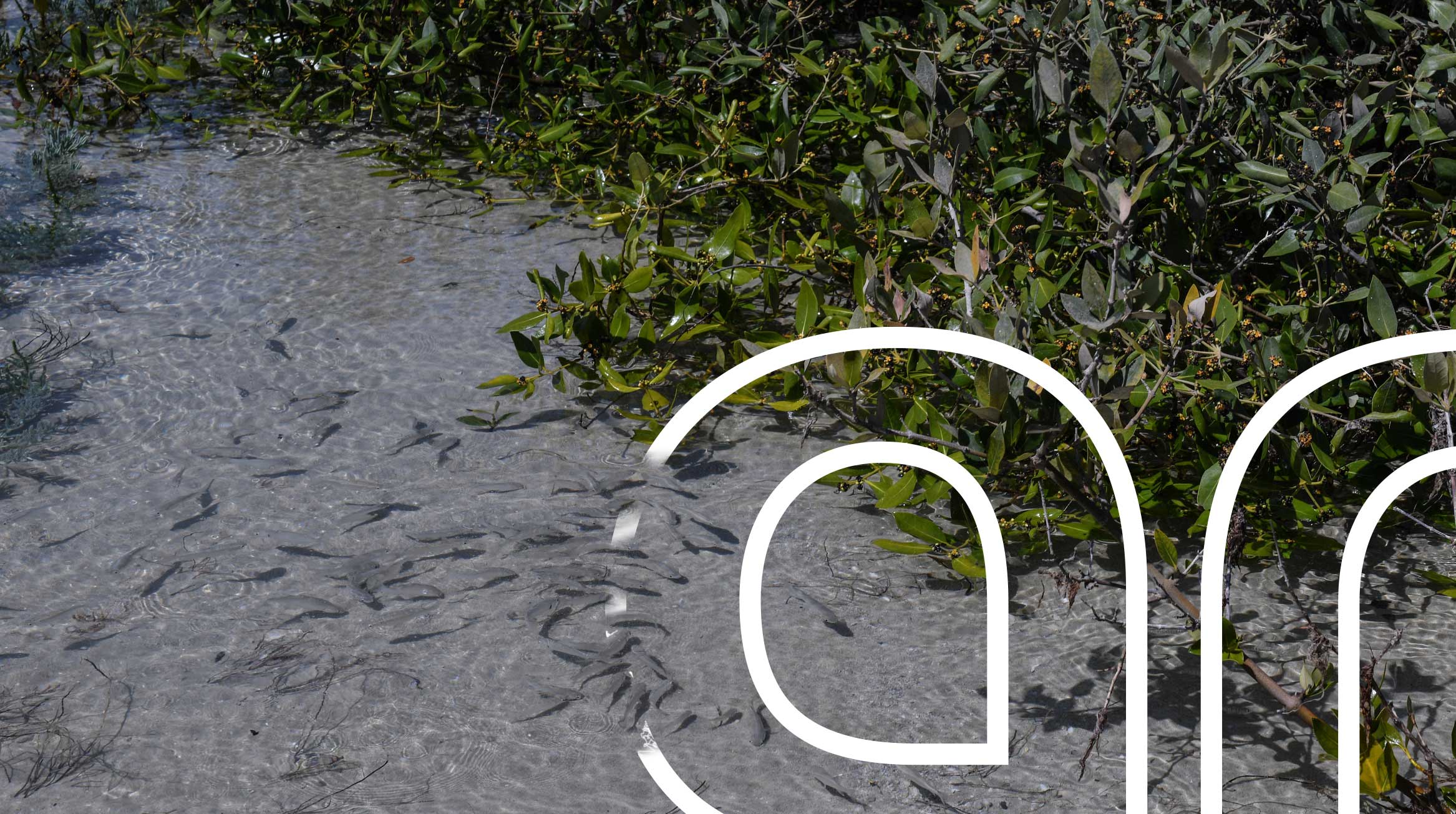
No need to water
Mousa O. Alharthi bends down to finish planting a mangrove sapling into its new Arabian Gulf home of ebbing tides, taunting coastal breezes, and summer heat. The Aramco environmental engineer’s hands gently smooth the coarse creamy-gray sand granules, sodden with seawater, to create a level and protective surface that will nurture the 25 cm Avicennia marina mangrove after its 60 km northern journey from an Aramco nursery in Rahima Bay.
The tree, with upward-pointing emerald green leaves, is one of a Company record of 2 million new mangroves the Company deployed earlier this summer as part of its ongoing commitment toward turning the tide on climate change. The addition of 2 million trees brings to more than 4 million the number of mangroves planted by the Company since it began restoring mangrove forests almost three decades ago.
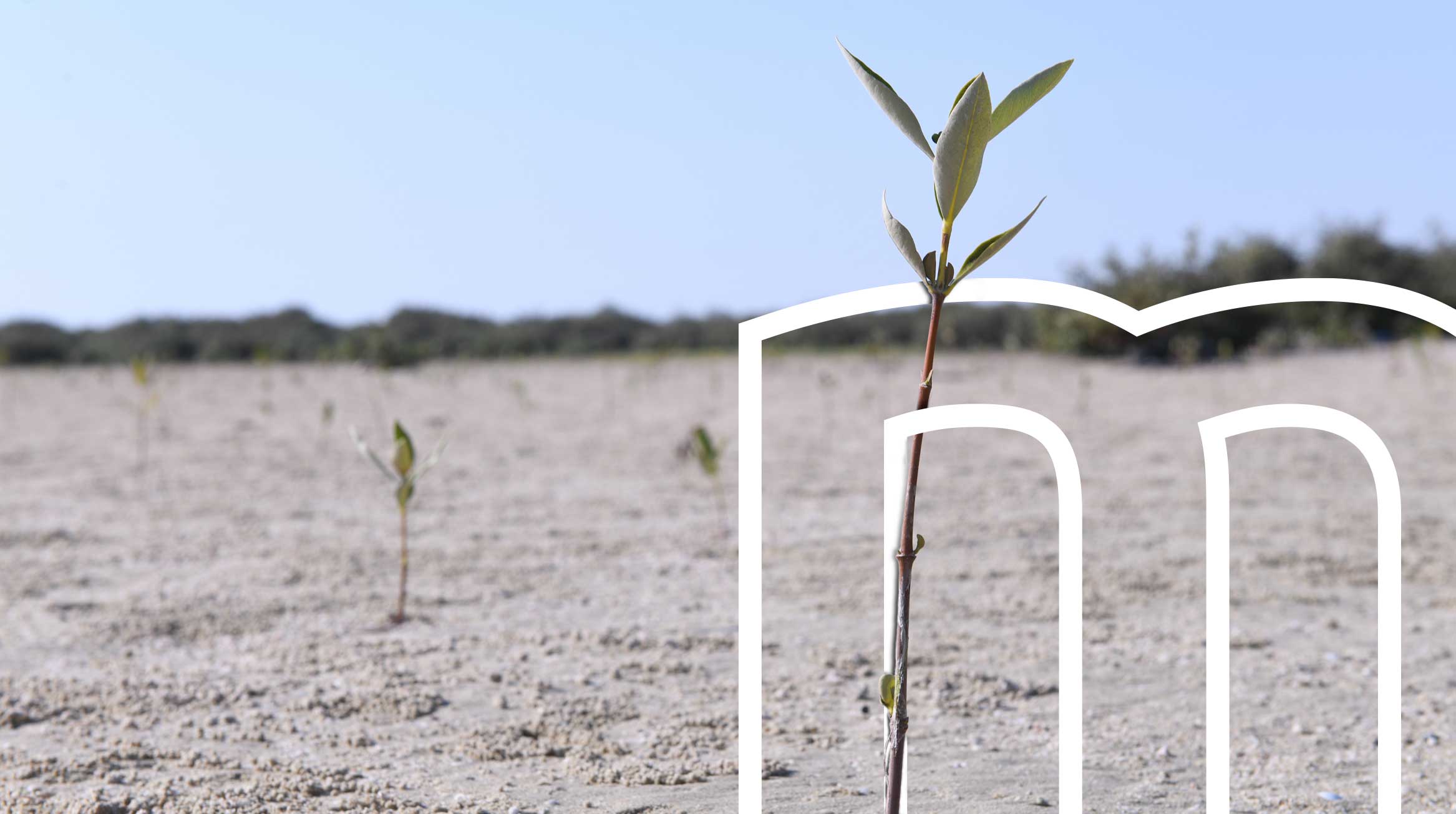
Mangroves are particularly suited to the Kingdom’s thirsty desert shorelines. Despite the Gulf waters having a higher salt content than most oceans and seas around the world, the plantings have a strong 90% survival rate, resiliently thriving in extreme variations of water temperatures and dissolved oxygen.
“Although Saudi Arabia has sporadic rainfall and sparse vegetation, it is surrounded by seas on both sides, making mangroves ideal as a species to increase natural forests in the Kingdom, because you don’t need to water them,” says Alharthi. “They live in conditions that no other tree can, connect the land and the sea, and are an important nature-based solution towards adapting to and mitigating climate change.”
